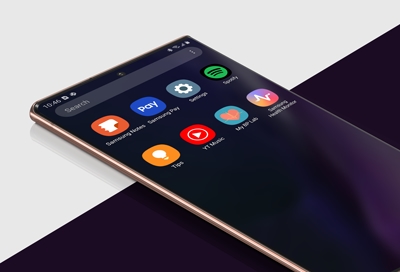
They're put in place by the company that made your phone and are a way to be more aggressive about closing apps that use battery power when you're not actively looking at them on your screen. These are tools added on top of those settings that decide how apps can use resources. There are plenty of other factors that could be shutting down an app, but most of the time this will fix Spotify when it wants to shut down all the time - change any extra battery-saving features.
/cdn.vox-cdn.com/uploads/chorus_image/image/67629151/spotify_music_podcasts.0.jpg)
You start Spotify (or Audible or any other streaming app) then move on to check the weather or read your Twitter timeline, and your phone thinks Spotify isn't something that should be eating up all the battery power it's using. It's not difficult for a tiny change to force your phone to think an app like Spotify isn't in focus as described above when you're streaming, and the rules about when and how apps that aren't in focus should be shut down to save battery are very different from the rules for apps you're using.Īnd that's often the problem here. And sometimes, those tiny changes don't work great with each other. Android itself has seen Google make plenty of changes between versions here and companies like Samsung also have done a lot to save battery power whenever it can.

The people developing the hardware and software are constantly tweaking things to get just a tiny bit more life from a charge because all those tiny tweaks will add up. It should be able to use things like battery power or your network connection because you asked it to.Įvery company involved with Android, including app developers, wants to conserve battery. That means plenty of system resources are allowed to be used because it's assumed that you want that app up and running and are OK with it using battery power.īut an app like Spotify doesn't really need to be on your screen to work to its full potential, so it should be able to tell the system that it still needs to be "in focus" - and therefore kept alive - even when it's not actually open on the screen. RAM: What it is and when do you need more?Īn app that is on your screen and you're interacting with is in focus.


When that number is reached, the system will start closing apps based on how they are running, not when they were last used. It's complicated, but those engineers can set parameters about how much memory apps can use while you're looking at them, while they are running in the background, while they are "sleeping" in the background, and apps that support other apps. When the software is built, engineers alter a bit of the code to match how many apps can run based on the hardware used to build the phone. Android itself can have an unlimited amount of applications running.



 0 kommentar(er)
0 kommentar(er)
